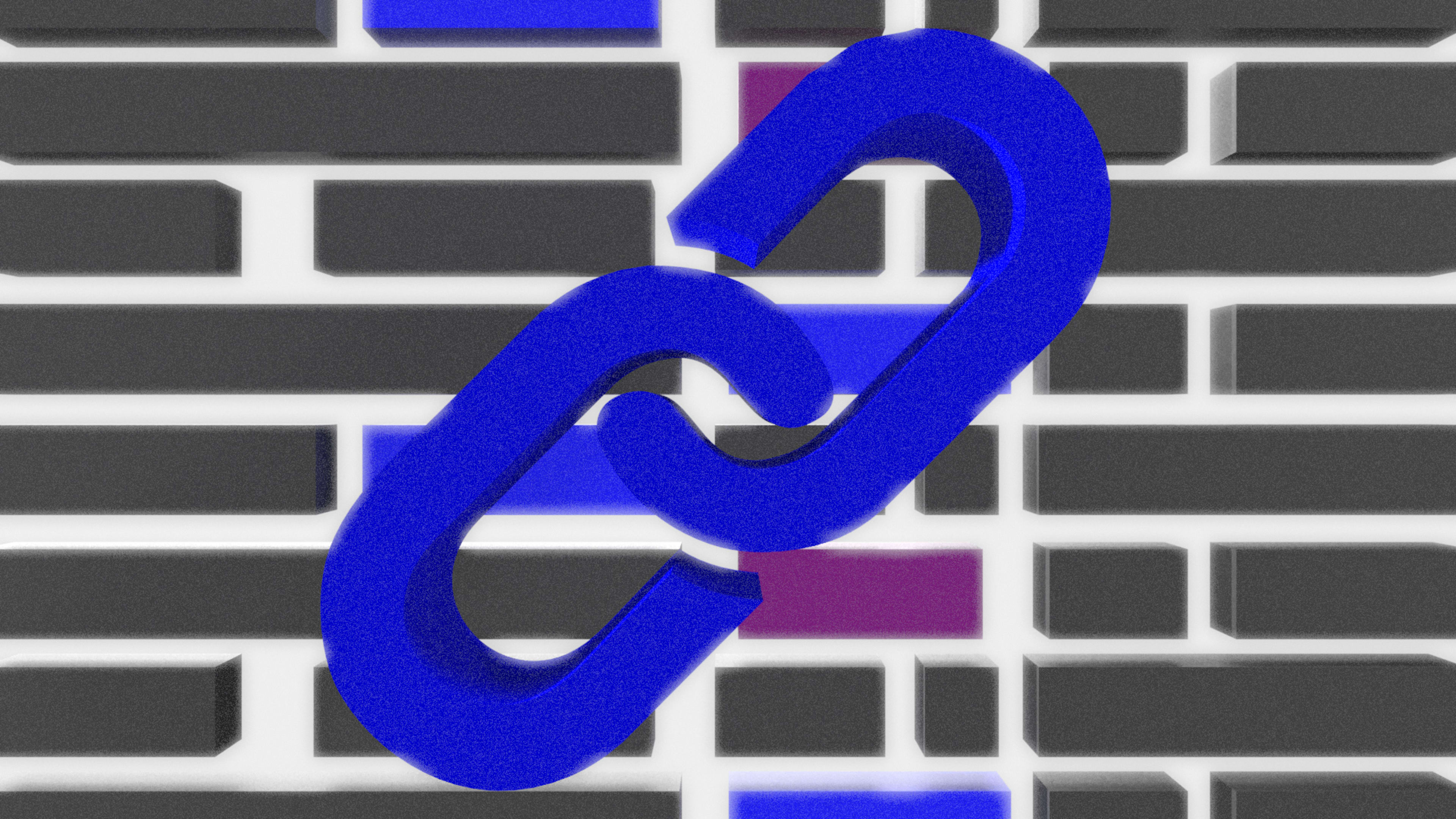In 2016, Google tried a startling experiment on some users: It turned all of its search result links black instead of blue. The look didn’t stick around; Google results are blue to this day. But the test did tease an interesting question that the web design community has debated for years: Are blue hyperlinks bad? The latest research on the topic says no–and it challenges long-held beliefs about using color in typography.
According to a new PLOS One study from scientists at the University of Southampton, blue hyperlinks are actually fine. Deploying eye trackers to study reading comprehension of all sorts of colors of text–including those good old hyperlinks on Wikipedia pages–researchers found that colors don’t affect reading after all. In fact, any color is acceptable for understanding printed words; all that really matters is that text is presented in high contrast to the background. “The key lesson for Web designers that we have found here is that colored words do not have any negative impact on reading behavior,” the authors write.
It’s the latest in a recent spate of studies that use the “new science of eye tracking” to understand how people see the world, shedding new light on old beliefs about app and web design (and even architecture).
The researchers ran three separate tests with a few dozen native-English speakers. Each test built upon the findings of the last, in attempts to find some breaking point at which color affected reading speed or impacted the rate of rereading. The first experiment inserted a single word of various colors, like green, red, and gray, into various sentences.
Here’s an example of what I mean.
It found that people were less likely to skip reading a colored word across the board, “perhaps because the reader thought the color serves as a signal that the word might be important in some way,” the authors speculate. The only problems occurred were when the word was a light gray or green. In these cases, people fixated on the word longer than average. Why? Their reduced contrast made them less legible. The color was fine but the contrast, in relationship to its backdrop, was not. This makes a lot of sense, as using proper contrast for text is a well-established practice within the graphic and interface design world.
The second experiment upped the ante, placing multiple words of a single color in a sentence.
Here’s an example of how this approach was different.
The findings for this second experiment were largely the same as the first–color didn’t distract the reader unless it was low contrast. However, researchers did find that when multiple words got a color treatment, readers were suddenly willing to skip them again. In other words, readers started reading these words as any other, disregarding the extra stimulus.
The third and final experiment simulated an actual Wikipedia entry, and it used a sea of actual blue hyperlinks just like we see on Wikipedia. Again, readers seemed to parse all the content fine. They didn’t give hyperlinks extra attention of any sort . . . except in one case. If a hyperlinked word was a less common “low frequency” word–basically a word readers were more likely to not understand–readers would often reread the section leading up to the word again, assumably trying to infer its meaning. In such cases, readers were slowed down, but perhaps for the better–the hyperlinked word likely implied importance, and since they were unfamiliar with it, they reread believing they’d better figure it out.
All in all, the paper wants to put an end to a longstanding debate about the merits of blue as a hyperlink color: “Therefore, efforts made in Web development to avoid using blue as the hyperlink color and instead using a different color may have no positive influence for the reader reading the text, but instead make it more difficult for the reader to know what is a hyperlink when they are expecting it to conform to the convention of hyperlinks being denoted in blue.”
In other words, feel free to use any hyperlink color you like. But make sure it’s high contrast, realize that it may draw more attention on the page, and know that blue is still probably the best.
Recognize your brand’s excellence by applying to this year’s Brands That Matter Awards before the early-rate deadline, May 3.
